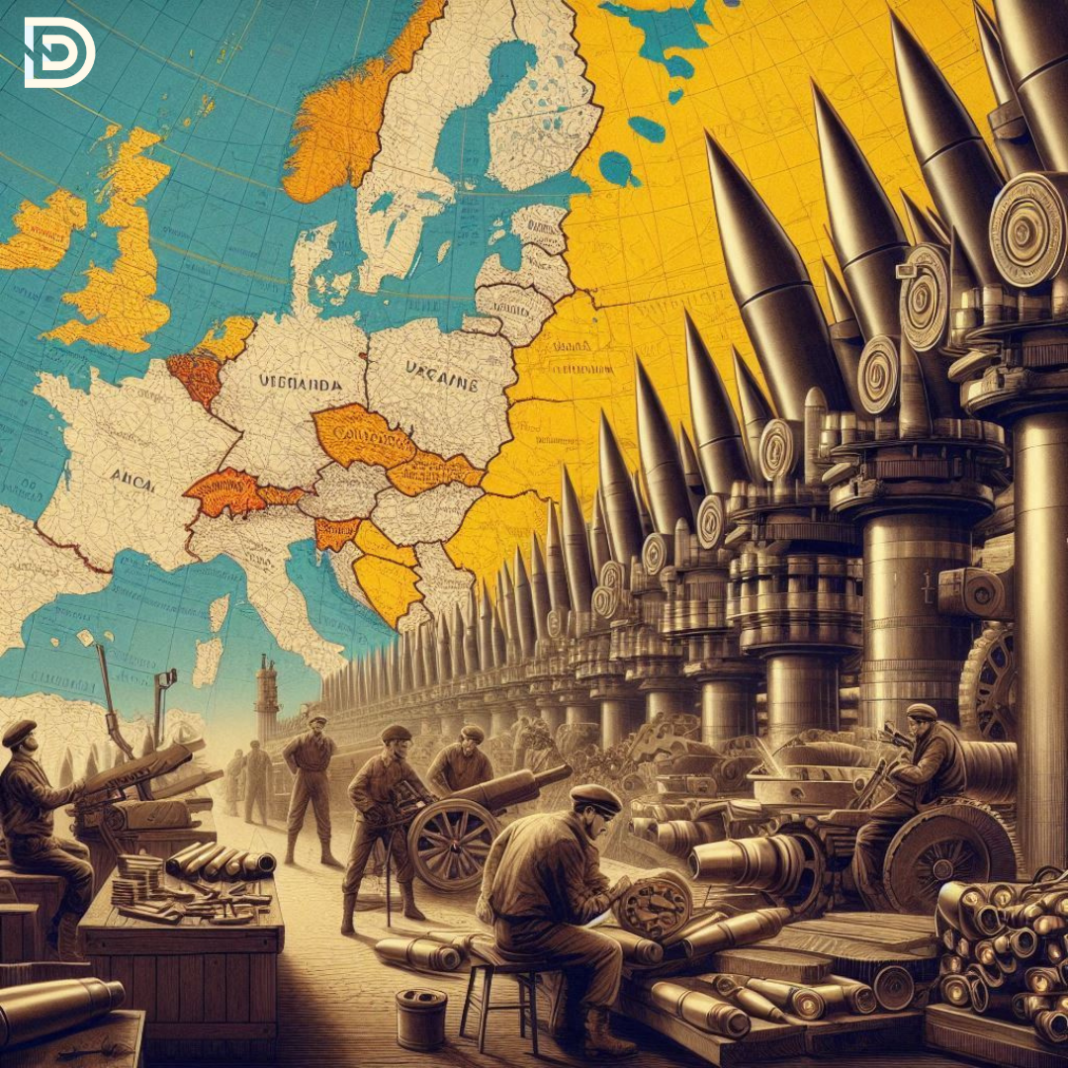In recent times, India’s arms exports have come under scrutiny due to unexpected developments involving artillery shells sold to European countries. Reports indicate that some of these munitions have been redirected to Ukraine, which is currently in conflict with Russia. This situation raises questions about how arms exports are managed and the implications for international relations.
The Unfolding Trade Scenario
According to multiple sources, European nations, including Italy and the Czech Republic, have received artillery shells from Indian manufacturers. The shells are reportedly being sent to Ukraine to support its defense efforts against Russia. This trade has been ongoing for over a year, as confirmed by various officials and customs data.
Indian regulations state that arms can only be used by the designated purchaser. If there are unauthorized transfers, the buyer could face restrictions on future purchases. However, despite the involvement of Indian arms in the Ukraine conflict, India has not intervened to halt these sales. The Kremlin has raised concerns about this issue on at least two occasions. Russian and Indian officials discussed the matter during a meeting, highlighting the growing tension surrounding these arms transfers.
In response to the reports, India’s foreign ministry described the situation as “speculative and misleading,” asserting that it implies violations where none exist. They emphasized that India conducts its defense exports with careful attention to international obligations and regulatory frameworks.
The Scale of India’s Involvement
India has traditionally been one of the largest importers of weapons globally. However, the ongoing conflict in Ukraine has presented a unique opportunity for India to develop its arms export sector. Officials have indicated that while India does supply some ammunition to Ukraine, it is a very small fraction—estimated to be less than 1% of the total arms imported by Ukraine since the conflict began.
Customs data reveal a significant increase in Indian arms exports to European countries since the start of the Ukraine war. Between 2018 and 2020, Indian ammunition makers exported a mere $2.8 million in munitions components to countries like Italy and the Czech Republic. However, from February 2022 to July 2024, this figure skyrocketed to approximately $135.25 million, which includes complete munitions.
Some officials have noted that the Indian government is aware of the situation but has not taken steps to restrict the supply of arms to European countries. This hands-off approach suggests a desire to balance relations with both Western nations and Russia. India has maintained a long-standing relationship with Russia, which has historically been its primary arms supplier. Yet, as India seeks to enhance its defense capabilities, engaging with other markets becomes increasingly important.
Geopolitical Implications
The diversion of Indian artillery shells to Ukraine presents a complex scenario for international relations. While India has warm ties with Russia, it is also strengthening defense and diplomatic cooperation with Western nations, especially in light of rising concerns about China. This balancing act demonstrates India’s strategic approach to navigate its foreign relations.
Some analysts believe that by allowing a small amount of its ammunition to be used in Ukraine, India signals to Western partners that it is not fully aligned with Russia in this conflict. This could enhance India’s standing with Western nations while minimizing potential backlash from Russia.
The current situation underscores the intricate dynamics of global arms trade. The fact that Indian-made shells are being filled with explosives in Europe before being sent to Ukraine complicates the issue further. This highlights the interconnectedness of global defense supply chains and the challenges in tracking the end-use of exported military equipment.
India’s defense minister recently announced ambitious plans to increase defense exports significantly in the coming years. India aims to strengthen its position in the global arms market while navigating a fine line between international obligations and national interests.
Recent developments in India’s arms exports to Ukraine reveal complexities, showcasing an intricate interplay of international relations and trade policies. Defense strategies are also part of this evolving situation. Clarity and transparency in the arms trade are crucial, and adhering to established regulations is important to prevent unauthorized transfers. As global conflicts change, so will the strategies nations use in the arms market. This dynamic makes the arms trade a vital area to monitor, as ongoing developments will continue to shape international arms relations.

